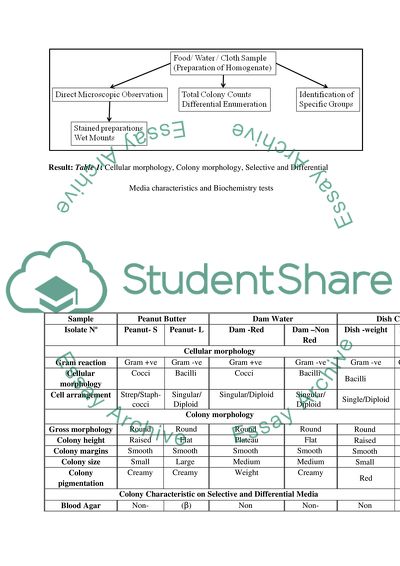Cite this document
(Molecular Biology & Mechanism of Disease Report Example | Topics and Well Written Essays - 1500 words, n.d.)
Molecular Biology & Mechanism of Disease Report Example | Topics and Well Written Essays - 1500 words. https://studentshare.org/biology/1743711-the-identification-of-an-infection-with-3-samples-obtained-from-various-locations
Molecular Biology & Mechanism of Disease Report Example | Topics and Well Written Essays - 1500 words. https://studentshare.org/biology/1743711-the-identification-of-an-infection-with-3-samples-obtained-from-various-locations
(Molecular Biology & Mechanism of Disease Report Example | Topics and Well Written Essays - 1500 Words)
Molecular Biology & Mechanism of Disease Report Example | Topics and Well Written Essays - 1500 Words. https://studentshare.org/biology/1743711-the-identification-of-an-infection-with-3-samples-obtained-from-various-locations.
Molecular Biology & Mechanism of Disease Report Example | Topics and Well Written Essays - 1500 Words. https://studentshare.org/biology/1743711-the-identification-of-an-infection-with-3-samples-obtained-from-various-locations.
“Molecular Biology & Mechanism of Disease Report Example | Topics and Well Written Essays - 1500 Words”. https://studentshare.org/biology/1743711-the-identification-of-an-infection-with-3-samples-obtained-from-various-locations.


